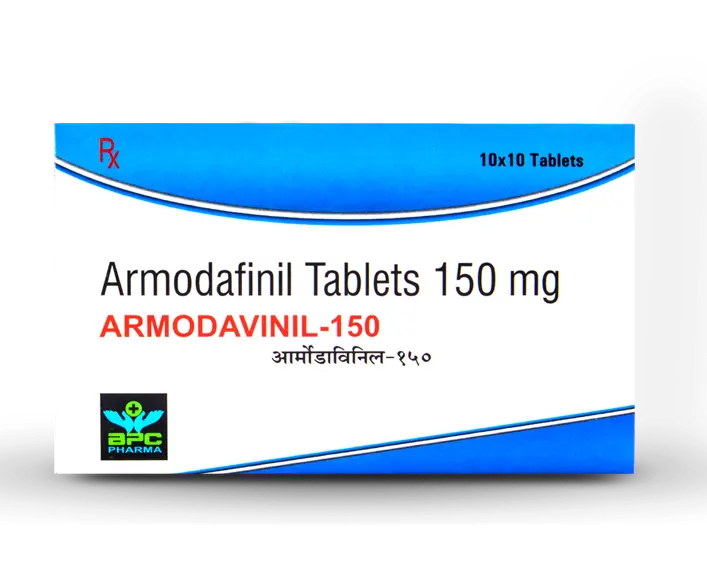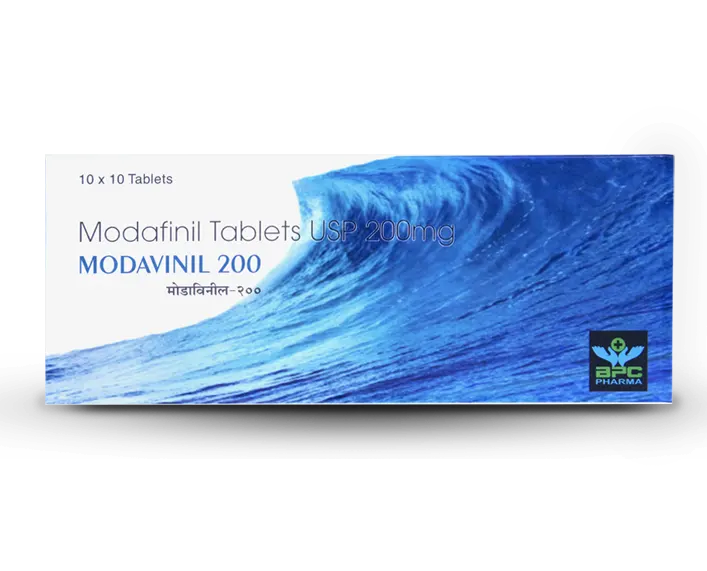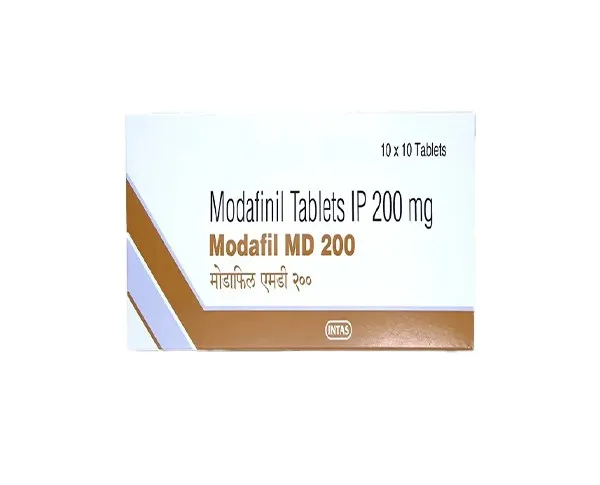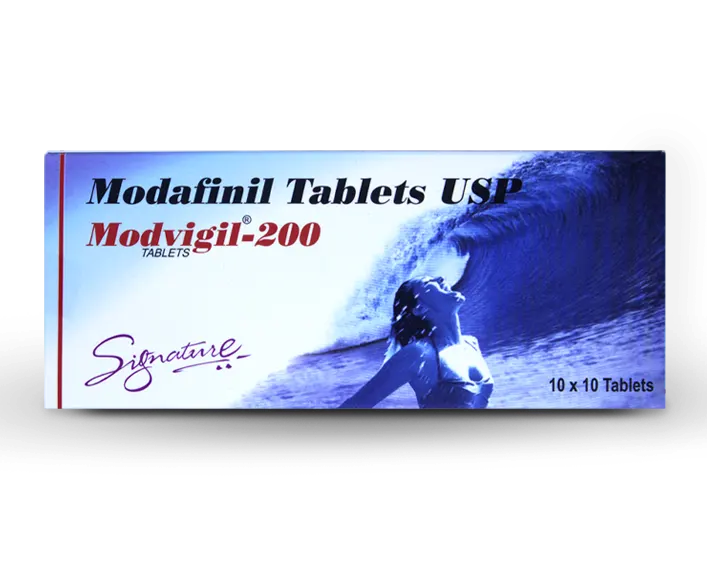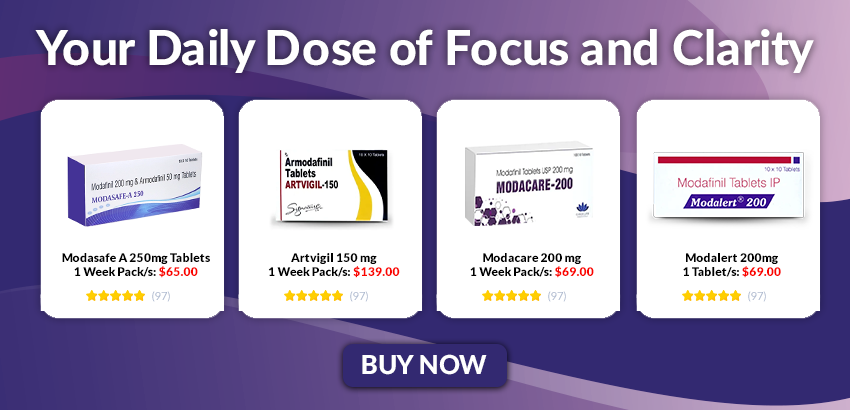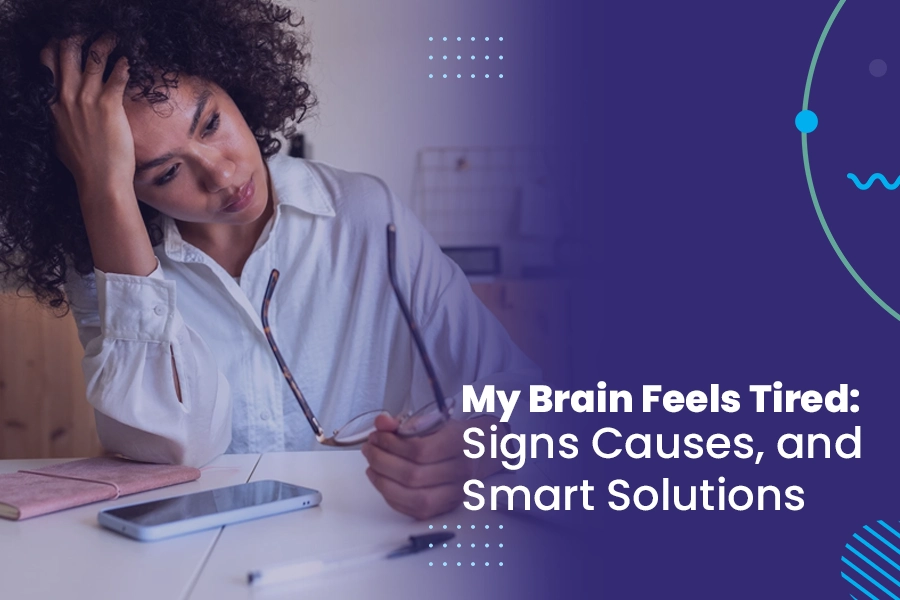Mental Exhaustion Symptoms You Shouldn’t Ignore.
Mental exhaustion (mental fatigue) is more than “feeling tired.” It’s a deep, persistent draining of emotional, cognitive, and physical energy that undermines daily functioning. If you notice ongoing concentration problems, emotional numbness, sleep disturbance, physical aches, or a creeping sense of detachment (sometimes labeled burnout symptoms), take it seriously — especially when rest doesn’t help. This guide explains the signs, how it’s different from normal tiredness, when it can become a clinical stress-related exhaustion disorder, and practical, evidence-based steps for recovery — including why stimulant wakefulness drugs are not a first-line fix for burnout.
Why this matters
depletion, mental distance or cynicism about work, and reduced efficacy. WHO classifies burnout as an occupational phenomenon (not a medical diagnosis), but it’s a real, measurable condition.
The most common signs
Mental exhaustion affects thinking, mood, relationships, and physical health. Research shows fatigue and exhaustion are common in adult populations and can have wide health impacts — from increased sick days to long-term reductions in quality of life. Health authorities now recognize workplace burnout as an occupational phenomenon, and growing evidence supports targeted recovery approaches (sleep, cognitive-behavioral work, stress reduction, and organizational change). This article summarizes peer-reviewed evidence and trusted clinical guidance so you — or someone you care about — can spot trouble early and take proven steps to recover.
-
Armodavinil 150mg
$69.00 – $395.00Price range: $69.00 through $395.00Shop Now This product has multiple variants. The options may be chosen on the product page -
Modavinil 200mg
$69.00 – $395.00Price range: $69.00 through $395.00Shop Now This product has multiple variants. The options may be chosen on the product page -
Modafil Md 200 mg
$69.00 – $345.00Price range: $69.00 through $345.00Shop Now This product has multiple variants. The options may be chosen on the product page -
Modvigil 200mg
$65.00 – $395.00Price range: $65.00 through $395.00Shop Now This product has multiple variants. The options may be chosen on the product page
What is mental exhaustion and how is it different from ordinary tiredness ?
Mental exhaustion (also called mental fatigue) is a state where your brain’s ability to sustain attention, make decisions, and manage emotions is reduced. Unlike ordinary tiredness — which usually improves after a good night’s sleep or a short break — mental exhaustion persists even when you rest and feels like a heaviness or fog in your thinking.
Key differences:
- Ordinary tiredness: improves with sleep, short breaks, or a change of activity.
- Mental exhaustion / mental fatigue: persistent cognitive slowness, emotional flattening, and reduced motivation despite rest.
- Burnout: a work-related syndrome involving prolonged stress that leads to energy of mental exhaustion (look for clusters, not single symptoms)
People with mental exhaustion often report a cluster of cognitive, emotional, and physical symptoms. If several of these are happening most days for weeks, it’s a red flag.
Cognitive / thinking symptoms
- Brain fog: difficulty concentrating or completing tasks.
- Slower thinking and memory slips.
- Trouble making decisions or feeling overwhelmed by small choices.
(These are common mental fatigue signs.)
Emotional symptoms
- Emotional numbness or flatness.
- Irritability, short temper, or crying easily.
- Loss of interest or motivation, pessimism, or detachment (elements seen in burnout symptoms)
Physical symptoms
- Constant tiredness even after rest (signs of physical exhaustion).
- Headaches, muscle aches, heart palpitations, stomach issues.
- Sleep problems: either trouble falling asleep or unrefreshing sleep.
Behavioral and performance signs
- Missing deadlines, reduced productivity, and avoiding work tasks.
- Social withdrawal or feeling overwhelmed by normal social demands.
- Using substances (alcohol, caffeine, stimulants) to “get through” the day.
Special phrases the public uses
- “Happily exhausted”: describes pleasant tiredness after an energizing day (normal).
- “Permanently exhausted”: signals problematic, pathological fatigue when it doesn’t resolve with rest. Distinguish the two by duration and recovery time.
Nervous exhaustion and “what are the symptoms of nervous exhaustion ?”
The phrase nervous exhaustion is an older, lay term that overlaps with anxiety-related exhaustion and stress-related disorders. Typical nervous exhaustion symptoms include:
- Restlessness and heightened anxiety.
- Muscle tension, tremors, or digestive upset.
- Difficulty sleeping or intrusive worry.
- A feeling of being “on edge” that drains energy.
If anxiety and nervous system hyperarousal accompany fatigue, it can worsen mental exhaustion because the body spends more energy in a constant stress response.
Who is at risk? (Why some adults — and women in particular- report more exhaustion)
Anyone can get mentally exhausted, but risk rises with:
- Chronic high workload, shift work, or caregiving responsibilities.
- Poor sleep, irregular schedules, or untreated sleep disorders.
- Ongoing psychological stress (financial worry, relationship conflict).
- Preexisting mental health conditions (depression, anxiety).
Symptoms of exhaustion in women may present more often or more intensely for several reasons: hormonal cycles, caregiving roles, sleep disruption in pregnancy/menopause, and social-role stress. Population studies often find women report higher fatigue levels than men, although causes are multi-factorial. That means clinicians should listen carefully to women’s fatigue complaints and screen for reversible contributors (anemia, thyroid disease, sleep disorders, depression).
Signs of exhaustion in adults: Across age groups, adults typically complain of reduced concentration, reduced stamina for daily responsibilities, and increased irritability. Older adults can also experience fatigue that overlaps with medical conditions, so a medical evaluation is important.
When mental exhaustion becomes a clinical problem: stress-related exhaustion disorder & diagnostic criteria
Prolonged, severe mental exhaustion can evolve into what some clinical frameworks call exhaustion disorder or stress-related exhaustion disorder (recognized in some national diagnostic systems). Common features:
- Symptoms developed in response to identifiable stressors present for months.
- Marked lack of mental energy (reduced initiative, reduced endurance, prolonged recovery after mental strain).
- A combination of concentration difficulties, memory problems, emotional instability, sleep disturbance, and physical symptoms present nearly every day for at least two weeks (diagnostic frameworks vary).
If your exhaustion is severe, persistent for months, or accompanied by a major decline in day-to-day functioning (unable to work, care for family, or meet basic needs), see a healthcare professional. A medical assessment rules out treatable causes (anemia, thyroid problems, infection, medication side effects) and identifies mental health conditions that need treatment (major depression, generalized anxiety, PTSD).
Evidence-based ways to recover: how to overcome mental exhaustion
Recovery is usually multi-layered. Evidence supports pragmatic behavioral changes (sleep, routine, pacing), psychological therapies (CBT, mindfulness), and workplace/structural changes. Below is a realistic plan you can adapt.
Immediate relief (first 1–7 days)
- Prioritize sleep: create a sleep window (consistent bedtime and wake time). Aim for restorative sleep habits: cool, dark room, avoid screens 60–90 minutes before bed.
- Micro-breaks: after 25–50 minutes of focused work, take 5–10 minutes to stand, stretch, hydrate, and breathe. This reduces cognitive load and improves focus.
- Reduce decision fatigue: simplify small choices (same breakfast, outfit rotation) to save bandwidth for important tasks.
- Hydrate and nourish: low blood sugar and dehydration worsen fatigue; include protein, whole grains, and vegetables.
- Short walks: 10–20 minutes of brisk walking can quickly improve mood and mental clarity.
Short-term recovery (2–8 weeks)
- Set boundaries: reduce commitments, say “no,” and carve protected time for rest and leisure. Workplace conversations about workload are often needed.
- Begin a structured program: guided mindfulness or short CBT exercises can reduce rumination and improve resilience. Meta-analyses show mindfulness-based interventions and CBT techniques help people recover from mental fatigue and workplace stress.
- Sleep hygiene + screening: if sleep does not improve, get evaluated for sleep apnea or insomnia — untreated sleep disorders perpetuate fatigue.
- Social connection: prioritize safe, low-effort social contact — even a 20-minute phone call with a friend can reduce stress hormones.
Long-term management (2+ months)
- Therapy: CBT (including CBT for insomnia or stress-management) and mindfulness-based cognitive therapy are effective for preventing relapse and building coping skills. Clinical programs often run 8–12 weeks.
- Physical activity: regular moderate exercise (3–5 times/week) is strongly linked with better energy and mood. Start gently and increase gradually to avoid post-exertional fatigue.
- Workplace change: if work is a main driver, discuss workload, role clarity, and reasonable adjustments (flexible hours, reduced duties, phased return). Systemic fixes reduce relapse risk.
Medications and supplements — what helps (and what doesn’t)
Short answer: There is no single “pill” for burnout. Medical treatments target specific causes (e.g., antidepressants for major depression, melatonin or CBT-I for insomnia). Some wakefulness drugs like modafinil (sold in branded forms such as Modacare 200 mg in some markets) improve daytime wakefulness in diagnosed sleep disorders (narcolepsy, shift-work disorder, obstructive sleep apnea) but are not approved or routinely recommended to treat burnout or chronic mental exhaustion. Their use for general fatigue is off-label, requires clinical oversight, and carries side effects and drug interactions. Always consult a doctor before starting any prescription.
Supplements: evidence is mixed. Treat proven deficiencies (iron, vitamin B12, vitamin D) if present — that helps fatigue. General “energy” supplements without medical rationale are unreliable. A targeted medical evaluation is the safest route.
A practical, realistic 8-week recovery roadmap
Weeks 1–2: Stabilize
- Reduce obligations by 20–50% where possible.
- Start consistent sleep schedule.
- Short daily walk, 10 minutes of stretching.
Weeks 3–4: Build structure
- Begin 2–3 weekly mindfulness or CBT exercises (apps/short programs).
- Reintroduce light productive tasks with strict micro-breaks.
- Meet a clinician if symptoms persist.
Weeks 5–8: Consolidate
- Increase moderate exercise to 3×/week, 20–30 minutes.
- Return to more consistent work hours or phased return with employer.
- Continue therapy if recommended; reassess medication only with a clinician.
This roadmap is adaptable. Recovery timelines vary: some people bounce back in weeks, others need months of paced rehabilitation, especially when exhaustion is severe.
When to see a doctor — urgent red flags
Seek immediate professional help if you have:
- Thoughts of harming yourself or others (urgent).
- Marked decline in daily functioning (cannot care for self or family).
- New neurological signs (sudden weakness, speech problems) or medical symptoms (high fever, chest pain, shortness of breath).
Also get a timely medical check if fatigue persists more than 2–4 weeks despite basic measures and is interfering with work or relationships — a clinician can rule out medical causes and refer to therapy or specialists.
Workplace and organizational fixes that really help
Individual fixes are essential but often insufficient if the environment remains high-pressure. Evidence supports employer-level actions:
- Limit excessive workloads and unrealistic deadlines.
- Improve role clarity and social support (manager check-ins).
- Offer access to brief CBT/mindfulness programs and reasonable time off or phased returns.
Randomized and workplace program reviews show CBT and mindfulness interventions reduce employee stress and improve well-being when properly delivered and supported. Organizational change reduces recurrence of burnout at scale.
Preventing relapse: practical daily habits
- Keep a weekly “energy budget” — plan high-demand tasks on your best days.
- Keep boundaries: set clear work-home cutoffs (no email after a set hour).
- Use short breaks and nature exposure regularly.
- Schedule “recovery activities” (hobbies, social time) like important appointments.
- Monitor sleep and get help early for insomnia or sleep apnea.
Myths & realities
- Myth: If you can “power through,” it will pass. Reality: Pushing can worsen exhaustion and prolong recovery.
- Myth: Burnout is only about weak willpower. Reality: Burnout has real physiological, cognitive, and emotional components and often needs structured interventions.
- Myth: A stimulant (like modafinil / Modacare 200 mg) is the cure. Reality: Modafinil targets wakefulness for specific sleep disorders and is not a substitute for treating burnout or stress-related exhaustion; it’s prescription-only and requires medical oversight
Final practical checklist (daily)
- 7–9 hours consistent sleep (or your usual restorative amount).
- 2–3 micro-breaks per work hour.
- 20–30 minutes moderate activity most days.
- One 10-minute mindful breathing session daily.
- Three social or pleasurable moments per week.
If this checklist doesn’t help within 2–4 weeks, talk to your doctor or a mental health professional.
Frequently Asked Questions (FAQs)
Q: What are the earliest signs of mental exhaustion?
A: Subtle concentration problems, reduced enthusiasm for routine tasks, irritability, and poor recovery after minor mental strain. Noticing a pattern (several symptoms over days/weeks) matters more than any single symptom.
Q: Can mental exhaustion become permanent?
A: Not usually “permanent,” but without addressing causes it can become chronic or lead to an exhaustion disorder. Early recognition and pacing reduce long-term risk.
Q: Is burnout the same as depression?
A: They overlap but aren’t identical. Burnout is work-related exhaustion with cynicism and reduced efficacy; depression includes pervasive low mood, loss of interest across many areas, and biological symptoms. Both need professional assessment if severe.
Q: Will exercise make me more tired?
A: Gentle to moderate exercise usually improves energy and mood. Start small; avoid intense workouts if you feel severely depleted until you rebuild stamina.
Q: Can modafinil help me recover faster?
A: Modafinil improves daytime wakefulness for specific sleep disorders but is not proven as a treatment for burnout or chronic mental exhaustion. It should only be used under medical supervision and after proper diagnosis.
Q: How long does recovery usually take?
A: Recovery is individual. Mild mental fatigue may improve in weeks with rest and habit change; moderate to severe exhaustion or exhaustion disorder may take months and require therapy plus workplace changes.
Important medical note:
This post is informational and not a medical diagnosis. If you’re significantly impaired, have persistent symptoms, or feel unsafe, seek immediate medical attention or contact local emergency services.
References & further reading
- World Health Organization — Burn-out an “occupational phenomenon” (ICD-11 explanation). who.int
- Grossi, G. et al. — Stress-related exhaustion disorder: clinical manifestations and review. PubMed/NCBI. PubMed
- Bianchi, R. et al. — Examining the evidence base for burnout (systematic review). PMC. PMC
- Mindfulness-based interventions for recovery from mental fatigue (systematic review). PMC. PMC
- Systematic reviews of CBT / workplace interventions for mental well-being. ResearchGate
- Modafinil / Modacare references: Dailymed / StatPearls / MedlinePlus prescribing info and product labeling for modafinil (200 mg). (Modacare is a market brand name in some places for modafinil 200 mg formulations; prescribing guidance applies). DailyMed




